I wonder why I don't do this more often?
The gardens are all that remains of a 43-acre garden laid out by Jan van Riebeeck in April 1652 to supply fresh vegetables to ships on their way to the Dutch East Indies. By 1700 free burghers were cultivating plenty of crops on their own land, and in time the VOC vegetable patch was transformed into a botanic garden.
It remains a delightful haven in the city center, graced by fountains, exotic trees, rose gardens, aviaries, and a pleasant outdoor café. At the bottom of the gardens, close to Government Avenue, is an old well that used to provide water for the town's residents and the garden. The old water pump, engraved with the maker's name and the date 1842, has been overtaken by an oak tree and now juts out of the tree's trunk some 6 feet above the ground. I'll try and get a photograph of this next time I walk.
 This photograph shows one of several statues to Cecil Rhodes in Cape Town. It stands in the Company Gardens. Rhodes is pointing north and the inscription reads ‘Your hinterland is there’.
This photograph shows one of several statues to Cecil Rhodes in Cape Town. It stands in the Company Gardens. Rhodes is pointing north and the inscription reads ‘Your hinterland is there’.Cecil John Rhodes was born on 5 July 1853 in Bishop's Stortford, England. Cecil was not a healthy child and his doctor advised that he join his brother in South Africa. He did so at the age of 17. In 1871 he and his brother travelled to Kimberley to prospect for diamonds. To say he was successful would be an understatement: he established a diamond company, De Beers, in 1880 and soon controlled the whole industry. De Beers continues to monopolise the global diamond industry.
Between 1880 and his death in Cape Town on 26 March 1902, Rhodes had one major wish – to ‘paint the map of Africa red from the Cape to Cairo’. (Red being the colour used on maps to show territory ‘belonging’ to Britain.) In 1890 Rhodes’ Selous Scouts moved north and planted the British flag deep in Mashonaland at Fort Salisbury (now Harare) where I was born and spent most of my youth. In 1894, after conquering Matabeleland, he named the new territory Rhodesia (now Zimbabwe).
Rhodes did not live to see his dream become reality. In 1919, the British confiscated Tanganyika (now Tanzania) - the one remaining nation in the South Africa-Egypt link - from Germany after the First World War. However, the two parts of his major railway, which were started in both Cairo in Egypt and Cape Town, are still not joined together. Rhodes is buried where he wished: in the Matopos Hills at his favourite ‘Worlds View’ a few kilometres south of Bulawayo in present day Zimbabwe.
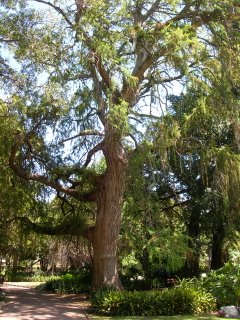
This is a wonderful specimen of what we call swamp cypress (Taxodium dischium) that grows among many trees imported from all over the world and that now grow in the gardens
I see that species is more commonly called the bald cypress - interesting
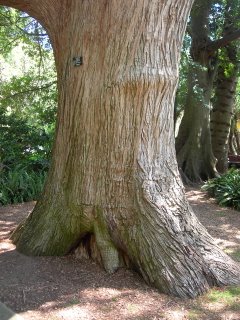
A close up of the bole and ...
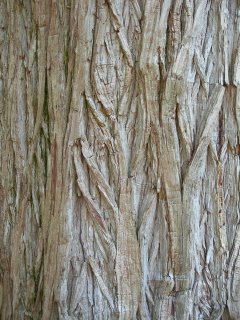
A closer up of the bark ...
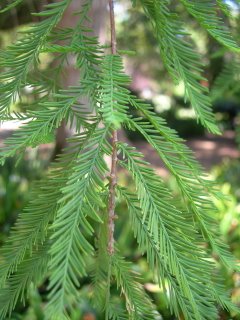
And some leaves
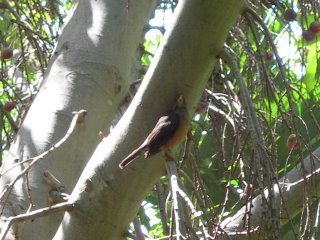
Here is an olive thrush (Turdus olivaceus) sheltering in the shade of some or other fig tree
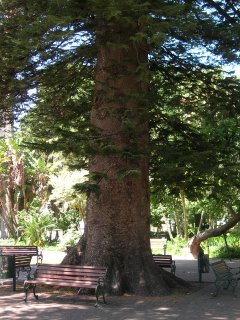
Lastly a magnificent Norfolk Island Pine (Araucaria heterophylla)
.... an so back to work ....


1 comment:
Dear Dennis,
I always enjoy reading your blog. It is a way of keeping in touch with what is going on in South Africa. Keep up the news and look forward to seeing more on your blog.
Regards,
UK
Post a Comment